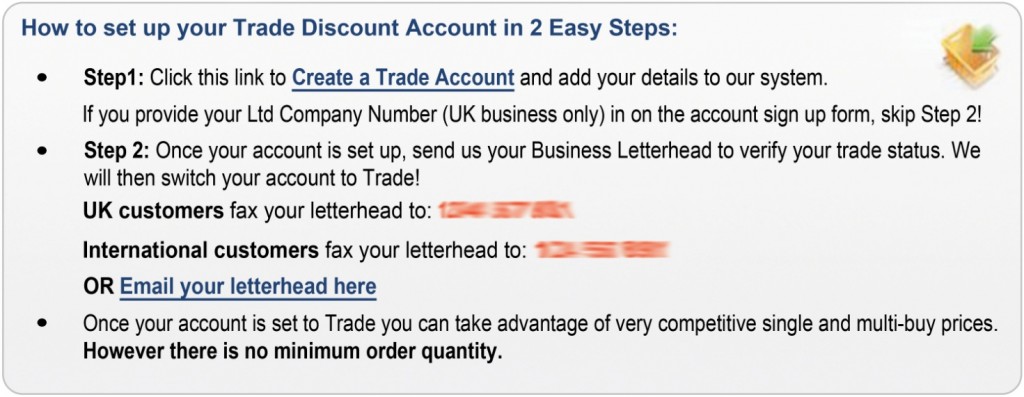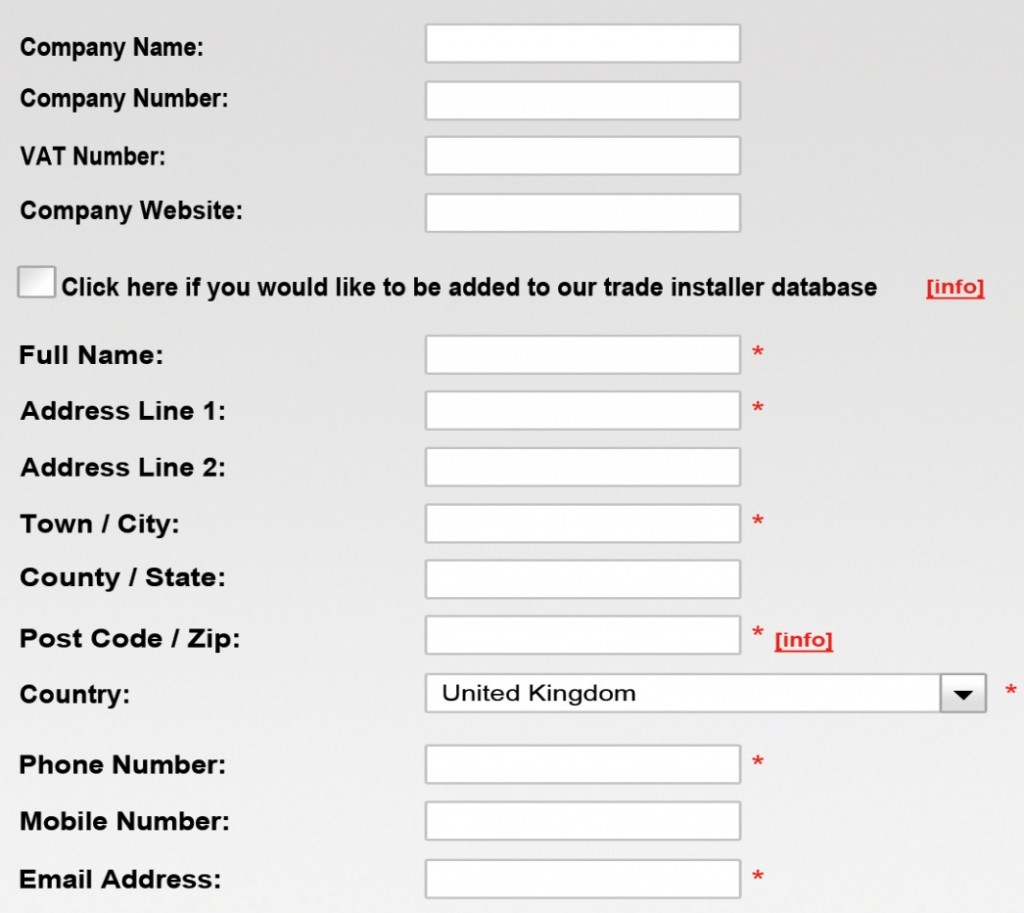
Decide from the start what the goal of your website is. Ask yourself:
- Is it to earn you a part time income or a full time income with financial independence potential?
- Do you want to be the leader or authority in your category or marketplace or are you happy to be an average player?
- Will you sell to retail customers only (B2C – Business to Consumer) or will you also sell to business or trade customers (B2B – Business to Business), offering them trade discounts?
- Do you plan to sell to international customers?
- Do you want to become an expert in your products or an expert at ecommerce marketing?
There are no right or wrong answers here, but at least get a concrete idea of where you are heading before you start, and what you will introduce later as your resources grow.
“You will never achieve a successful ecommerce business—or any business for that matter—working on recreational time!”
Time Investment Required.
If you want to maximize your sales, profits and ultimate success, then you need to factor in the time you have available for this project or business from the outset. Do not kid yourself with the time, energy and money that will be required getting to your desired goal. You need to put in the hours, and even if you outsource (delegate tasks to outside companies or individuals) the majority of tasks, you still need to keep in touch and watch your outsourcer team, marketing, sales and profits to remain on target.
Learning Curve.
Building a profitable ecommerce business requires a learning curve that will take time. Just like learning a new software or skill, the hours just fly by when you are highly focused. So be prepared, accept it, go with it, and do not give yourself too much stick. Ecommerce is a big animal, with many processes to learn and refine, so take the positives from the experience and knowledge that you are gaining.
Product Expert or Ecommerce Marketing Expert.
You cannot be both types of expert and effectively maximize profits. Unless you have a massive budget to hire the best of the best in product management and marketing, then being expert in both is unrealistic and not required. I am not for one minute saying you cannot be a leader in your product category or niche. But decide now, would you rather know everything there is to know about your products—what they do, where they come from, how many widgets they have—or would you just prefer to sell them in huge numbers with as much product knowledge that enables this to happen?
Do you think Amazon are experts with their products, or alternatively are they experts at selling and distribution? Amazon have a data entry system to list products on the website—be it manually or automated—using as much detail, benefits and features as possible, and then use their marketing expertise to sell them like crazy, using Personalization and Recommendation Systems.
So just to reiterate; absolutely learn your product inside-out where required—if you intend to control your category or niche—so you can write explosive copy that sells, but don’t waste the next three years taking a degree course on your products whose only consequence would be to limit your sales. Marketing aggressively is where profits are at!
What is Your Exit Strategy?
Is your aim to run operate the website for as long as you can or do you wish to build the website and business up, with the aim of selling in 3, 5 or 7 years? If your exit strategy is to sell in 3 years then detail this in your plan and in your forecasts and watch your targets closely as you progress, to ensure you keep on track and continually increase the value of your website.
Website Valuation.
At the time of writing, websites sell for around 1–2 times Net Profit Earnings so bear this in mind. Net earnings are what the site makes in Net Profit in twelve months. Many publications will tell you that you can get anywhere from 3–12 times net earnings but in my experience aim for 1–2 times net. Maybe you can get more for the next YouTube but not for a profitable ecommerce site.
Selling to International Customers.
Selling globally can add a huge increase to your sales volume and net profits with a potential audience of billions. Run the research for international customers using the research tools detailed in ’3) Do the Research’. When you look at your site user stats, you will be surprised how many international prospects actually visit your website.
Note: You need to watch the exchange rate closely when selling overseas and determine if you can buy products competitively enough to compete with suppliers in the country of your shoppers.
Trade Accounts (B2B).
Offering trade customers—business-to-business (B2B)—the option to buy at discounted prices can further boost site sales. You can give discounts by a set amount or set percentage. By way of a simple trade application form on your website, you can entice trade customers to apply for a trade discount and get them into the ecommerce trade module in your Content Management System (CMS) back-end. You manage your trade specifics and applications in there.
You can then approve the account and set the required discount for each specific trade customer. Communication with your trade buyers is also possible, with regards their approved discounts to their specific accounts, via automated emails, synchronized with the trade account. Additionally you can set credit card only accounts or even offer 30-day credit accounts, whereby 30-day invoices are raised and emailed automatically.
Example of a Trade Page with Account Application Link on a live website
Example of a Trade Application Form



